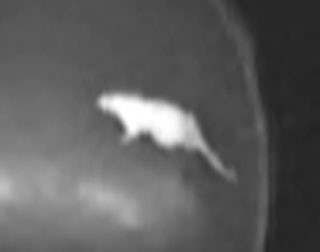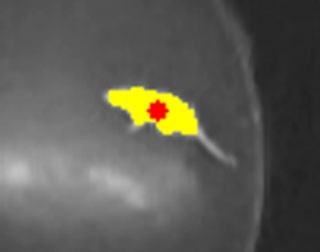EthoVision XT
Detection methods
The core function of EthoVision XT is the detection and tracking of an animal. It’s critical to accurately recognize the animal and distinguish it from its background. This is arguably the most important step in video tracking, since without recognition, there is nothing to track.
Detection methods
The detection algorithm in EthoVision XT is one of the major reasons why EthoVision XT is considered the best of its kind. Advanced tracking technology assures you of accurate and reliable results. Even under harsh conditions.
EthoVision XT is the most widely applied video tracking software that tracks and analyzes the behavior, movement, and activity of any animal.
-
A cost-effective solution for all standard behavioral tests such as the Morris water maze and open field testing
-
High-throughput and high-content testing
-
Suitable for sophisticated test-protocols


Tracking models
EthoVision XT has several tracking models, meaning that detection and tracking of the animals is optimized to the species you are tracking.
- Default model for any species
- Default model for rodents
- Model for rodents in case of occlusions
- Model for zebrafish in case of occlusions
- Model for other animal species in case of occlusions
Multiple Body Points detection
Multiple body points tracking is possible for both rodents and zebrafish (designed for top view tracking). Besides, several shape-models are available for rodents and other animals.
Deep learning-based body points detection
EthoVision XT 16 introduced a new deep learning technology to detect rodent body points. It is a kind of machine learning that can find structure in unstructured data, such as video images. EthoVision XT 17 expands this technology by being able to use deep learning tracking in 4 arenas simultaneously.
‘Deep’ means that the trained neural networks are layered, so it learns to represent data at various levels. Low level data can simply be the colors, high level data is more abstract, such as ‘a tail’.
The result is a much more accurate and recognition of the animal, resulting in a much more stable detection of the nose point, center point, and tail base of mice. This new technology will take any experiment that relies on multiple body points tracking to a higher level. Think of novel object recognition, nose poke/hole board tests, social preference testing, or 3-chambered setups.
Deep learning technology in EthoVision XT works on rats and mice with an even fur color and hooded (Long-Evans) rats.
Using deep learning requires substantial computation power, you need a Graphics Processing Unit (GPU) that is able to sustain those computations.
Detection settings
Experimental set-ups differ and some might be more prone to background changes, creating a challenge for video tracking. For instance, continued tracking after your animal has urinated or reorganized its bedding can lead to mistakes that influence your results. That is why EthoVision XT builds in multiple detection methods for animal tracking, and you can fine-tune each method to your specific lab situation (Gray Scaling, Static Subtraction, Dynamic Subtraction, Differencing).
Automatic detection settings
There are many choices and fine-tuning options in the detection settings, but we can imagine that you would rather spend your time on something else. So we have included automated detection settings. Based on your video file or live signal, EthoVision XT automatically suggests the optimal detection settings. All it takes is a few simple mouse clicks.
 English
English German
German French
French Italian
Italian Spanish
Spanish Chinese
Chinese